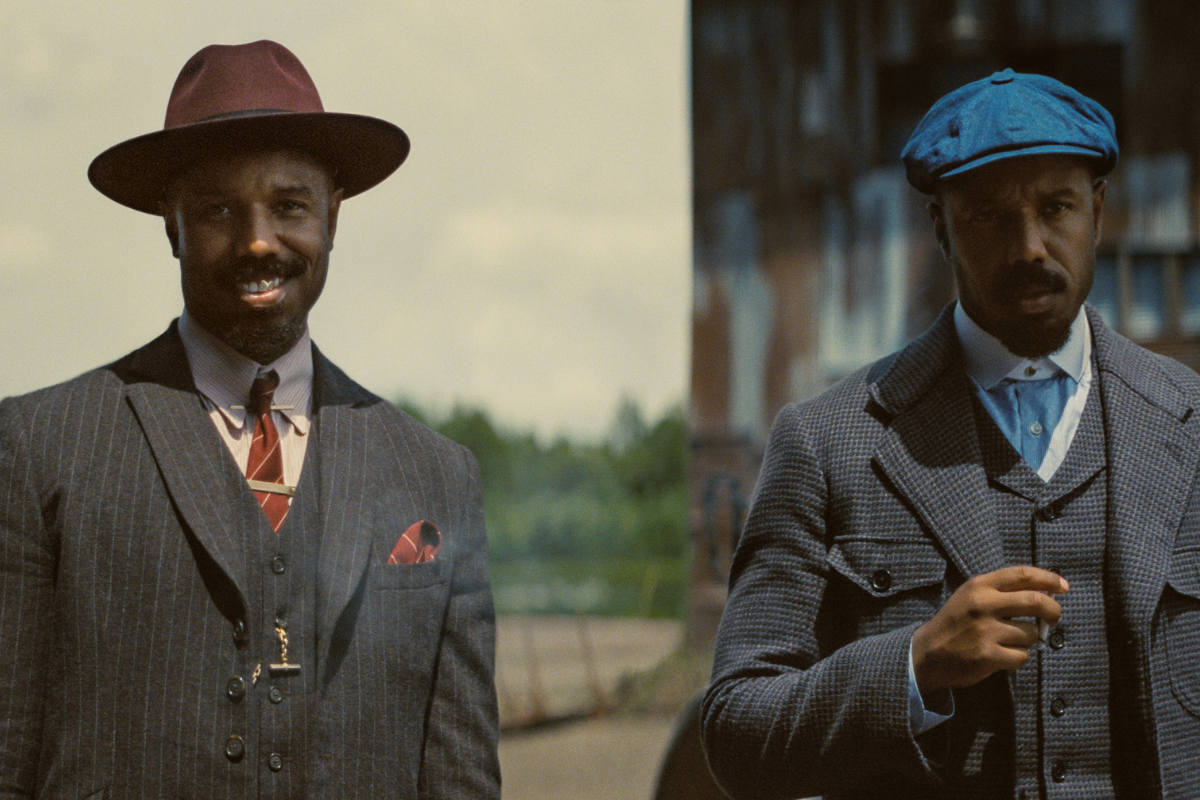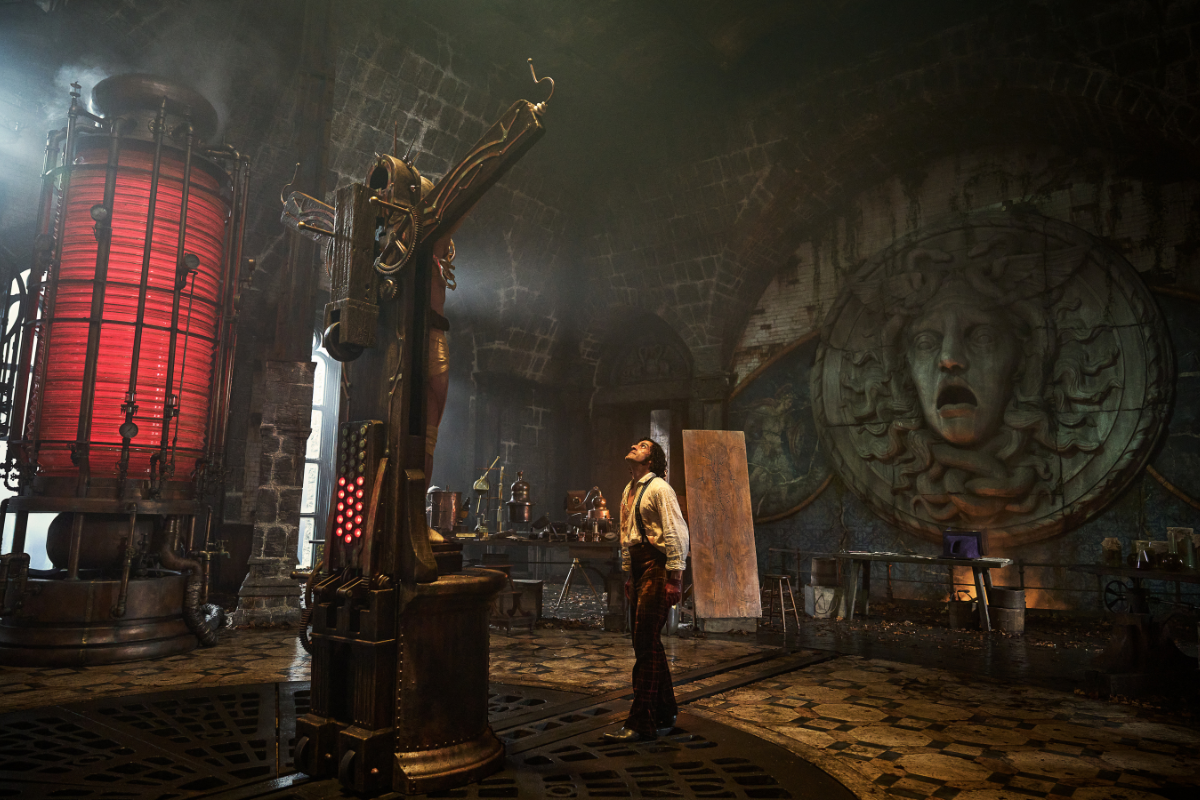WHY SPEC SCRIPTS FAIL: Adapt-A-Phobia – Part 1
At various times in our lives we all suffer from some sort of Adapt-A-Phobia. Today, information flies at us so fast we are overwhelmed with the data.
In previous articles, I have discussed a variety of reasons spec scripts fail. There is a not so subtle change that in effect may guarantee a script failure if you are not willing to adapt.
At Various times in our lives we all suffer from some sort of Adapt-A-Phobia.
Today, information flies at us so fast we are overwhelmed with the data we feel obligated to sort.
I suggest that our brains are being “rewired.”
As humans we are experiencing a subtle metamorphosis.
A hundred years or so ago what constituted a script was, in many cases, not much more than a hand written or spoken scenario. Actors in silent films supplied “over the top” action to show the story which engaged an audience. The fascination with the new moving media also didn’t hurt.
Some writers actually developed an elegant and readable calligraphic style. Today very few write a screenplay by hand. Many that do can barely read their own handwriting.
Computers and formatting programs change the way we read, write, edit and hence understand a variety of subjects. This includes screenplays. These software and new hardware conveniences in a subtle way modify what is considered required content and limit the space available to display it.
Those who choose not to adapt to this new writing paradigm exhibit Adapt-A-Phobia.
It’s my belief that today if a writer does not create immediate interest, a reader is more likely than not to skim vs. read an entire script line by line.
I contend that:
- The new style of screenwriting will rely less on books of form, style or grammar and more on research that informs us about how we read on a video screen.
- In order to capture the script reader’s attention, a 21 century writer will have to adapt to a screen vs. paper paradigm.
- We will need to utilize web usability research that tracks a reader’s eye movement and subsequently how we process what little we actually read in depth.
- Writers for the 21 century script reader need to understand how technology is changing both the way we read and the way we manage the multiple distractions during the reading process.
- A writer must capture the reader within the first half of the first page.
With the advent of faster computers and programs in our industry there is a profound transition in the way we learn and interact with our information and entertainment resources. Choices are a challenge.
Over the years and as technology has evolved scripts have moved from oral tradition to hand written, to block printed, to typeset, to typewritten from a manual or electric typewriter, then to screenplays printed via some sort of word processor.
Many screenwriters now have a creative cycle that is entirely digital in both execution and presentation.
Since the advent of mechanical and electronic means vs. handwriting on paper our thinking and evaluating style has changed. This was an observation Friedrich Nietzsche and his peers made after he transitioned from handwriting to typewriting his material.
Our new paradigm is Haiku and Twitter based brevity.
This reinforces the need to tell a story in few words.
Readers rarely read every script word for word on line. They scan.
How much time do you spend reading online as opposed to on paper and why?
Grammarians, pedantic writers and scribes will by necessity give way to a more succinct style.
Only so many words fit across a screen. Make each count. Write as if each word costs you money for the space it occupies. Very few readers have an 8.5” x 11” size screen to “flip” through a script. Viewable pages have become shorter and in some cases narrower.
As Steve Krug simplifies, “omit needless words”. Apologies to Elements of Style 23 (3 edition 1979) by William Strunk and E. B. White.
Look at your Twitter feed or text messages to see the changes.
U will C it not as B 4.
I’m not suggesting screenplay writing will get this bad. However, Krug’s simplification reinforces the admonition that “less is more”.
As a result of today’s technology, at any given time a professional script reader will have two or more computer screens in use with more than one window per screen open.
Windows may include all or a few of the following.
- Your script
- A judging sheet or script report
- An email in-box
- A search engine (fact check)
- An IMDb page
- An IMSDb page
- An IM window
- A music source
- A dictionary / thesaurus
With all this multitasking eye calisthenics what have you done to garner and keep the reader’s attention from line #1?
A younger reader’s brain has been programmed by today’s tools and gadgets for near instant gratification. A more “seasoned” reader may still print out a script then create or go to a quiet space. However, don’t count on it. This style of reader is an endangered breed. Again, engage on line #1
I agree that reading a script on a screen is not the same as a hundred plus sheets of 8.5” x 11” paper.
For a variety of reasons, completely paperless is the way the industry will be in the near future.
It’s beholden on you, the writer, to adapt to the attention robbing requirements of the rapidly evolving reading environment. You must now interest the reader on the first line and “set the hook” within the first half of the first page.
Gone is the first 15, 10 or 5 pages. The newer readers won’t wait before they get bored and start to wander, then skim.
More on how to adapt via web usability in Part 2.
A BIG Thank You to Jen Grisanti and Paul Chitlik for their peer review and comments for this article.
Stewart Farquhar holds Screenwriting and Advanced Screenwriting certificates from the Professional Program at The UCLA School of Theatre Film and Television. Stewart has analyzed over 10,000 scripts for private, agency and studio clients. He is a produced playwright, active screenwriter and an in demand lecturer. He presents as a guest lecturer in Master’s Level screenwriting programs at UC Berkeley and Loyola Marymount University. He has been a final story analyst for both Slamdance and scripts headed to Cannes for funding. Visit Stewart's site TheReadersCompany.com and follow him on Twitter, Facebook, and LinkedIn. Email: stewart@thereaderscompany.com







